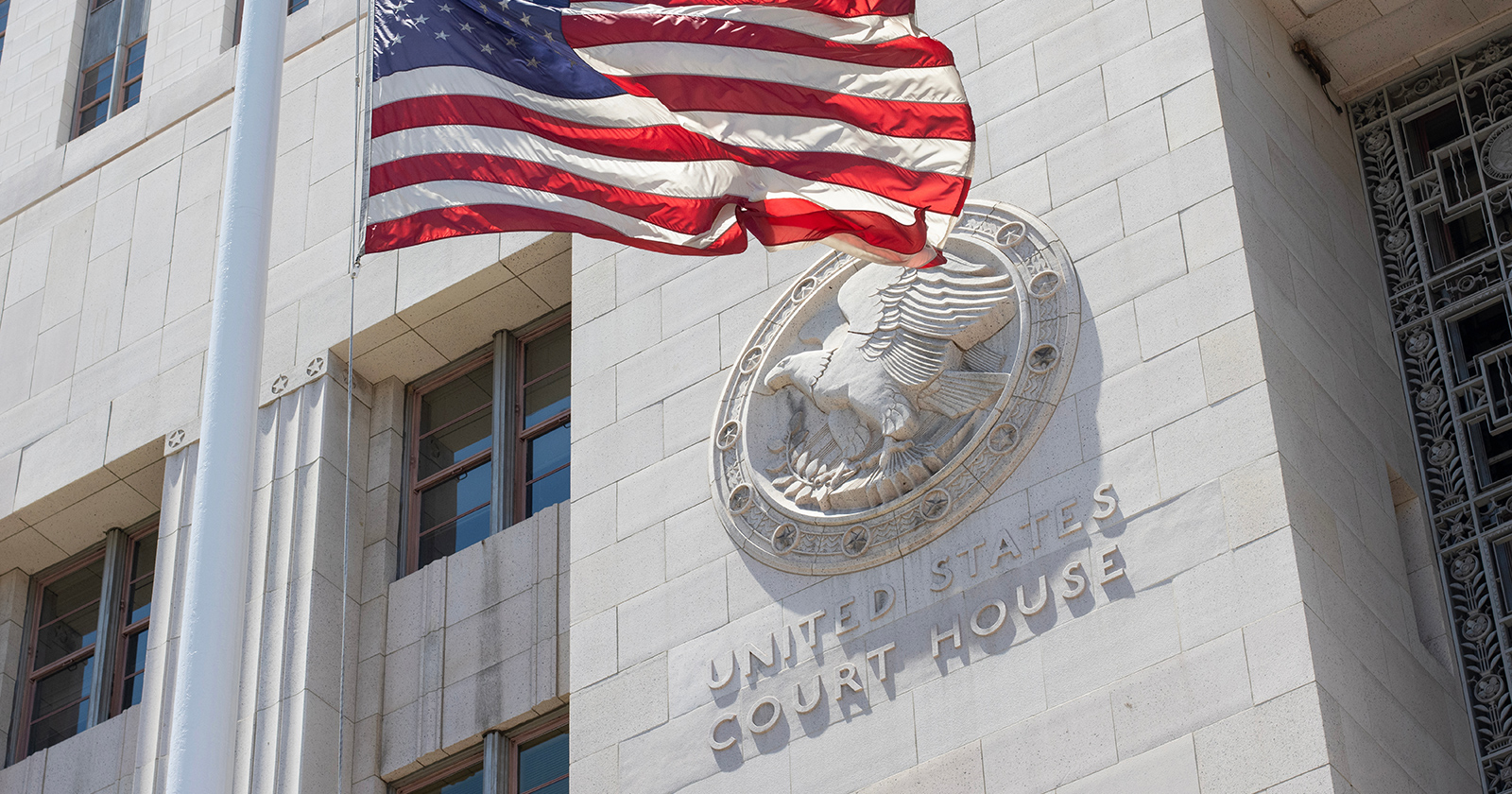Rethinking Pretrial Release
More Restrictive Conditions Fall Short of Producing Better Outcomes

On any given day, nearly 450,000 people in the United States—still legally innocent—are detained while awaiting the resolution of their criminal charges, most because they cannot afford to pay the bail amount set as a condition of their release. In response to this challenge, many jurisdictions have replaced or supplemented money bail with a wide array of pretrial release conditions, ranging from minimal to intensive supervision by a pretrial officer, with supervision often reinforced by measures such as electronic monitoring (the use of an electronic device to monitor a person’s movement and location) or sobriety monitoring (regular drug and alcohol testing). These alternatives are designed to make it less likely that people will flee or endanger public safety while awaiting trial, and they have allowed jurisdictions to reduce their pretrial detention populations and restore a degree of liberty to those released with these conditions. In so doing, many jurisdictions have erred on the side of caution, adopting models of release that emphasize monitoring and supervision for broad swaths of the pretrial population.
But do these efforts promote better outcomes for pretrial clients? Until recently, research on the effectiveness of release conditions has offered limited insights, hamstrung by methodological constraints and inconclusive results. Without this information, courts across the country are limited in their ability to make evidence-based adjustments to supervision practice and service provision. As a result, many pretrial practitioners, judges, and researchers share a common set of questions: Which release conditions are effective in encouraging court appearance and preventing new arrests? For whom are these conditions and services best suited? Additionally, when might service-oriented models of release yield similar results?
To begin to answer these questions, MDRC’s Center for Criminal Justice Research conducted three rigorously designed impact studies in five geographically diverse U.S. jurisdictions, intended to determine whether more restrictive release conditions are more effective at ensuring pretrial compliance and preventing new arrests. The studies included both experimental and quasi-experimental approaches to assessing the effects of supervision intensity, special conditions of release such as electronic monitoring and drug testing, and remote versus in-person modes of supervision. All three studies found that higher-intensity modes of pretrial supervision and special conditions do not improve the rates at which clients appear in court or avoid arrest. Indeed, in some cases, more restrictive conditions may even worsen pretrial outcomes.
Take MDRC’s test of the effect of supervision intensity on court-appearance rates, for example. In a pooled sample of individuals from two jurisdictions, increased supervision intensity did not improve pretrial outcomes, including arrest avoidance, even after the analysis controlled for key risk factors. Notably, independent tests of three groups that represent people who were assessed at low, medium, and high risk levels, but who received varying levels of supervision, revealed no meaningful difference in their court-appearance rates. That is, lower-risk individuals assigned to no supervision or low-intensity supervision appeared in court at roughly the same rates (66.2 percent and 67.3 percent, respectively), a trend that held true for higher-risk individuals assigned to medium- or high-intensity supervision (59.2 percent and 61.5 percent, respectively).
In another example, a separate study of special conditions, people assigned to electronic monitoring or sobriety monitoring appeared in court at similar rates as their counterparts without such conditions. However, those in the electronic monitoring group incurred new arrests at a higher rate than those without, a finding that can probably be attributed to a “supervision effect.” Unlike other forms of pretrial release that require periodic reporting, electronic monitoring provides constant location information, thus making it more likely for supervising officers to detect an infraction.
MDRC’s final study, a test of remote versus hybrid supervision, further confirmed this trend: For most people awaiting trial, less restrictive release conditions areat least as effective at encouraging court appearance and preventing new arrests as more restrictive options. Across studies, these results are particularly strong for people who are not at high risk for rearrest or failure to appear in court—the majority of the pretrial populations in the studies.
The policy and practice implications of these findings are far-reaching and raise important questions about client outcomes and resource allocation. Whether in the form of reduced supervision frequency, remote rather than in-person check-ins, or the removal of special conditions, less onerous release options present fewer costs and burdens for those being monitored and the jurisdictions overseeing them, without compromising court-appearance rates or public safety. Additionally, a move to reduce broad reliance on resource-intensive conditions of release might allow jurisdictions to direct their supervisory services to higher-risk individuals who are more likely to benefit from higher engagement and levels of service. Such a shift might also provide jurisdictions with the opportunity to implement alternative pretrial models, including those that emphasize supportive services and treatment for clients, reforms that have garnered significant interest from practitioner and research communities and that warrant further study. Practitioners will decide for themselves what their local contexts require, but should keep in mind this evidence that in many cases more restrictive release conditions do not yield better outcomes.






